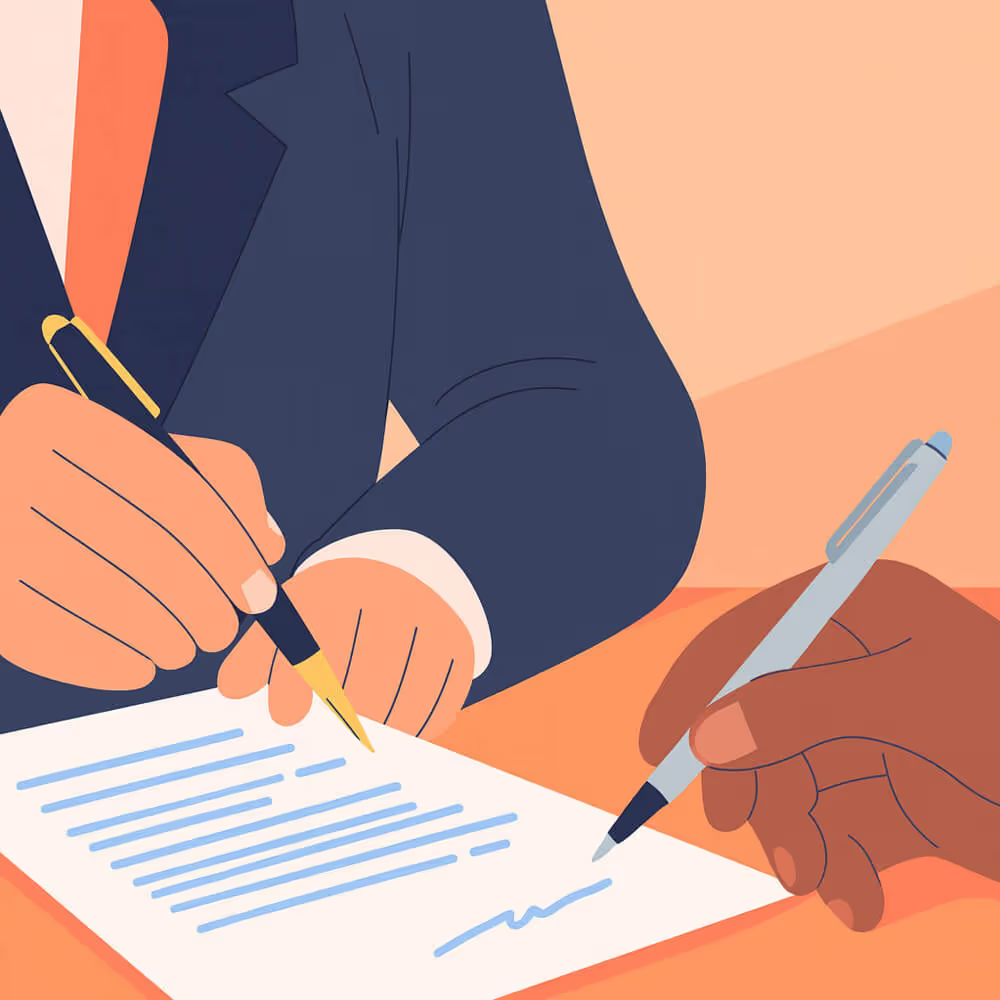Real Lawyers, Real Savings, Real Peace of Mind
Having an experienced lawyer in your corner is life changing. Get legal help starting at about a $1 a day* for an unlimited number of personal and business issues.


















4.5 million people helped
$26 million in savings per year for members
Lawyers average 22 years of experience
1972 - when we reimagined access to lawyers
Under $1 / day for access to a law firm for help
* See your plan contract for details. Additional fees, limitations, and waiting periods may apply.
.svg)
.svg)

.svg)




How We Help
How It Works
We don't do the expensive billable hour thing*. For a small monthly fee, you get a law firm on your side. Simply:

01
Tell us about the help you need
Use the app or your computer to complete the info form.
02
We connect you with a lawyer
Speak to a lawyer in your area who's equipped to help you, usually within a business day.


03
Lawyer deals with your issue
Get legal advice, resolve your issue.
* See your plan contract for details. Additional fees, limitations, and waiting periods may apply.
Named Best Overall Prepaid Legal Service

Real Stories, Real Results
See what customers are saying about how LegalShield helps.
T
M
K
Affordable Legal Plans
We provide legal help for you, your family, or your business.

plans starting at

plans starting at





